Nabla Trust Center
Security and compliance are the backbone of healthcare. At Nabla, we place security and privacy at the top of our agenda because it is fundamentally tied to our customers' experience of our products. Within the Nabla Trust Center, you can request key documentation and explore detailed Security, Privacy & AI Governance adherence.
Request Reports
Compliance
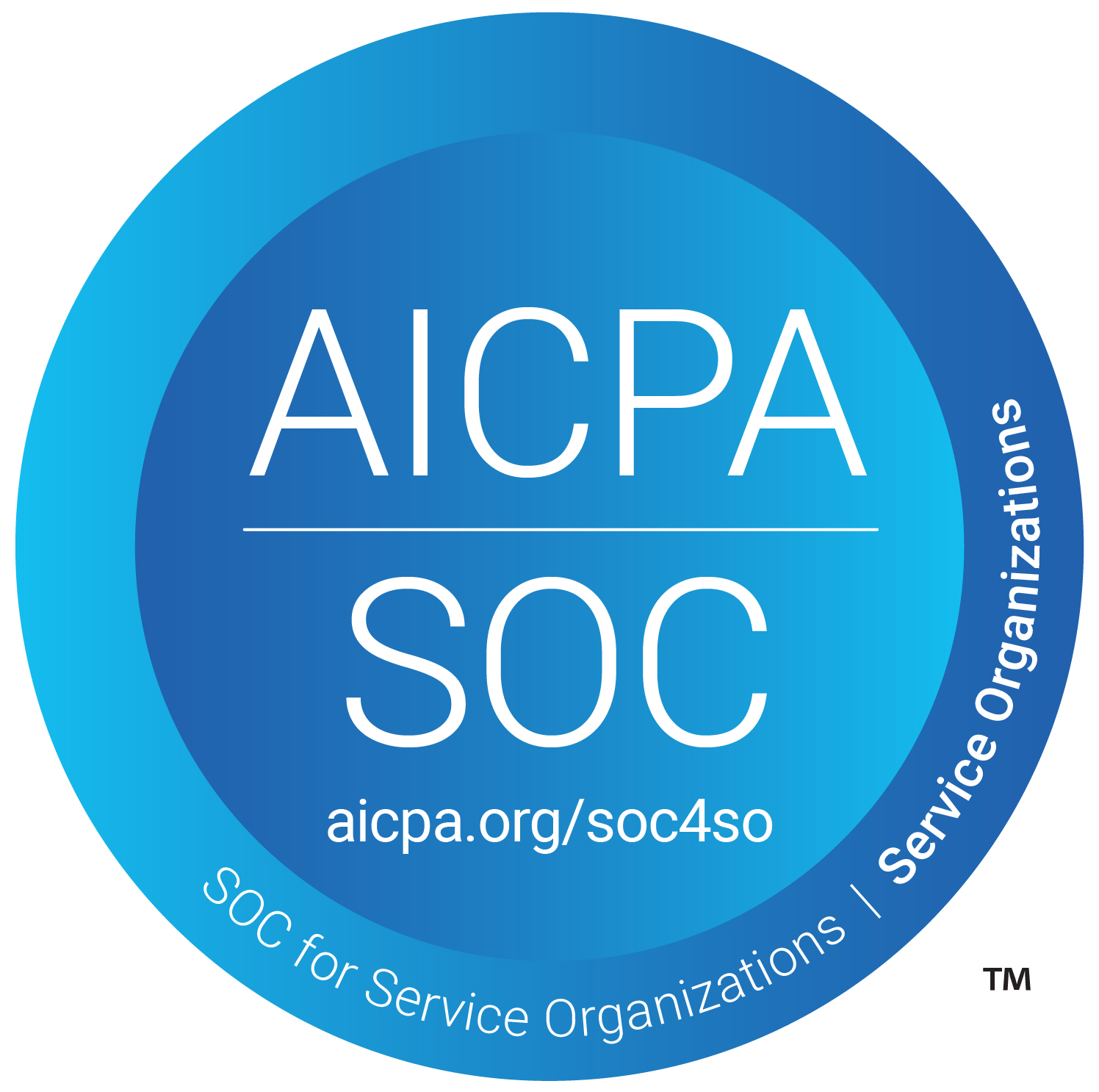
SOC 2 Type 2
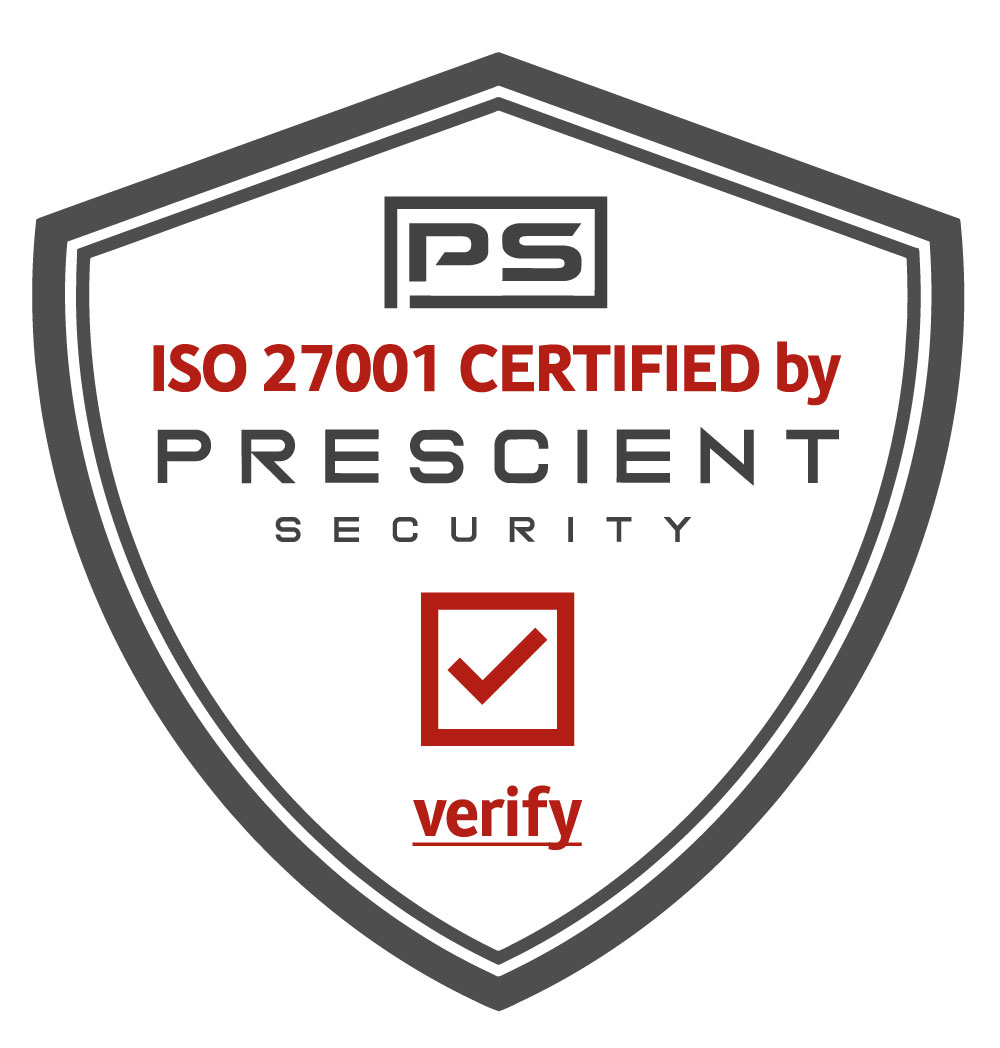
ISO 27001
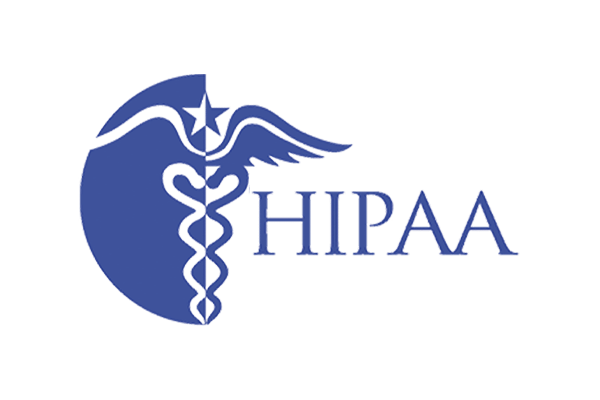
HIPAA
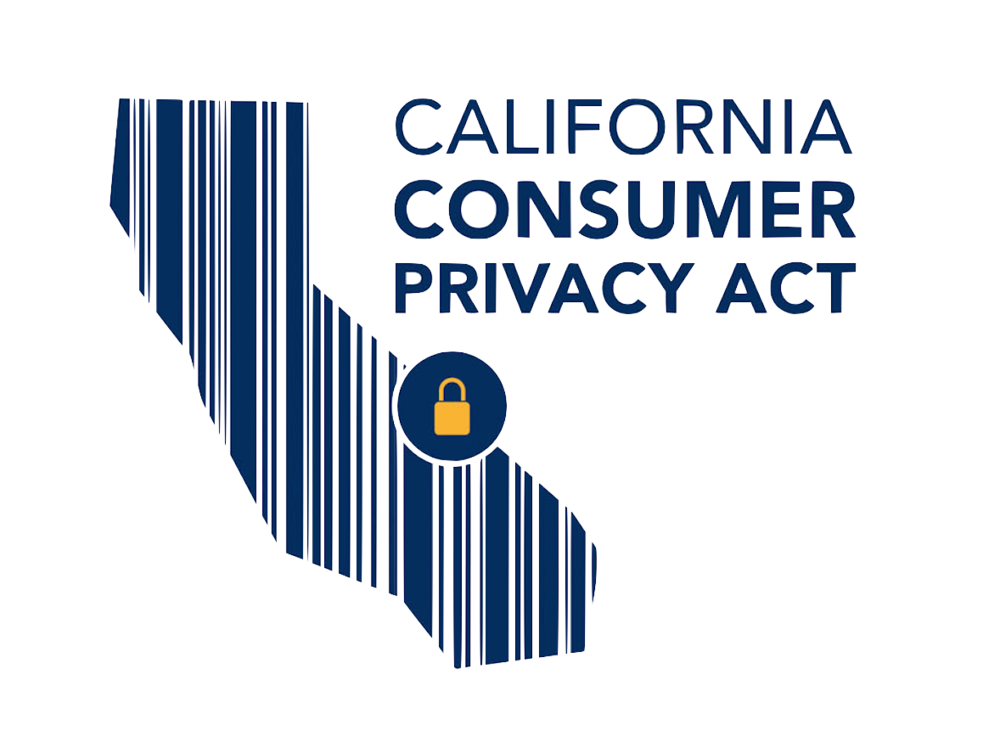
CCPA
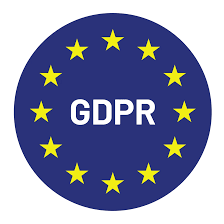
GDPR

EU AI Act
PIPEDA
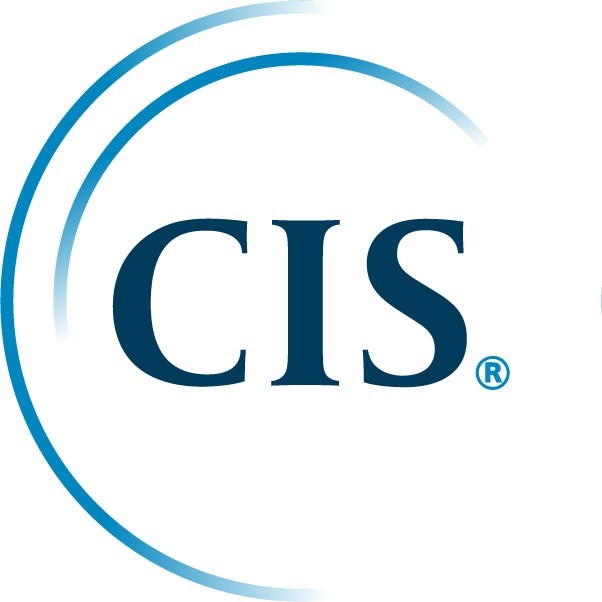
CIS Level 2
Resources
SOC 2 Type II Report
November 2024 to October 2025
ISO/IEC 27001
September 2025
Pentest Executive Summary
April 2025
AI Model Card
CHAI version 2
AI Governance Whitepaper
Vulnerability Disclosure Policy
FAQs
What security/compliance standards are used at Nabla?
Nabla follows HIPAA, GDPR, SOC2, ISO27001 and NIST Cybersecurity standards for security and privacy. We have a dedicated Information Security and Privacy team who is responsible for both internal audits and working with external auditors to ensure compliance.
Does Nabla have documented Security policies?
Yes, Nabla has a collection of Information Security policies (25) that makes up our cybersecurity and compliance program. All policies are updated at minimum, annually.
Does Nabla have an established Vendor Management Program?
Yes, Nabla logs all vendors and uses standard risk ranking methodologies for criticality of each. Critical and high vendors are audited annually. Within the audit, we review their certification and audit reports, complete security questionnaires, and review physical security requirements (where applicable). Reviews are documented within our GRC tool.
Where is my data stored?
Nabla is a global organization and has clients across the world. U.S. based clients have data stored in U.S. regions within Google (GCP); all other clients are stored in EU Google (GCP) data centers. We also list our core vendors (subcontractors) on the bottom of this Trust Page.
What data does Nabla retain?
By default, we don't store audio. Clinicians can optionally share feedback that may include de-identified data. We retain clinical notes for a short period of time (14 days), which is configurable by client based on geographic region requirements.
How is data encrypted?
Data is encrypted via HTTPS (TLS 1.2+) in transit and via AES256 at rest.
How does Nabla conform to AI regulations?
Nabla tracks current AI regulations in relation to our product at a state and federal level. We have a dedicated AI Governance team and documented policy which includes a published model card.
Does Nabla follow the EU AI Act?
Yes. While Nabla is not considered high risk under the EU AI Act, we still follow requirements including published transparency standards on our model.
Are new compliance reports published when available?
Nabla will update all documents automatically in the Trust Portal once available. Further document requests can be sent to [email protected].
Monitoring
Continuously monitored by Secureframe
Subprocessors
Nabla has worldwide operations. Separate data hosting environments are used for our U.S. clients.

Google Cloud
Infrastructure Hosting Central Region (USA) Belgium (All Non-USA)
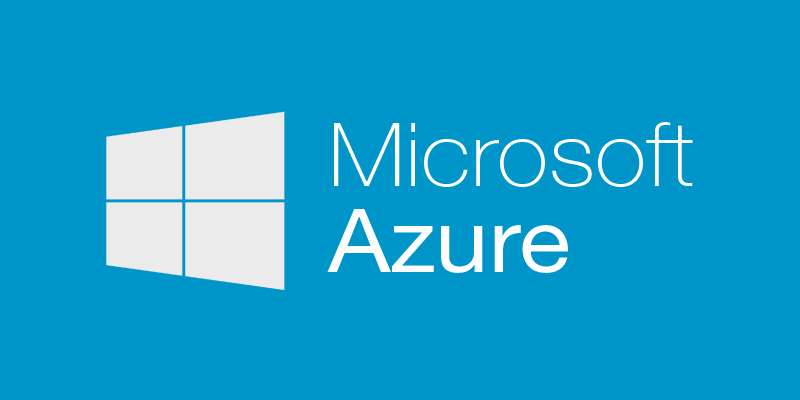
Azure
API Management, Speech to Text Operations (No PHI)

Front
Support Ticketing (No PHI)
